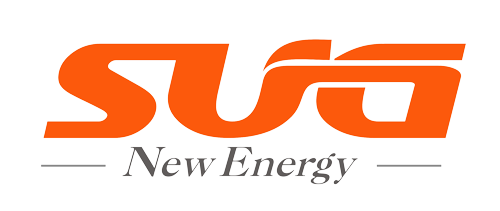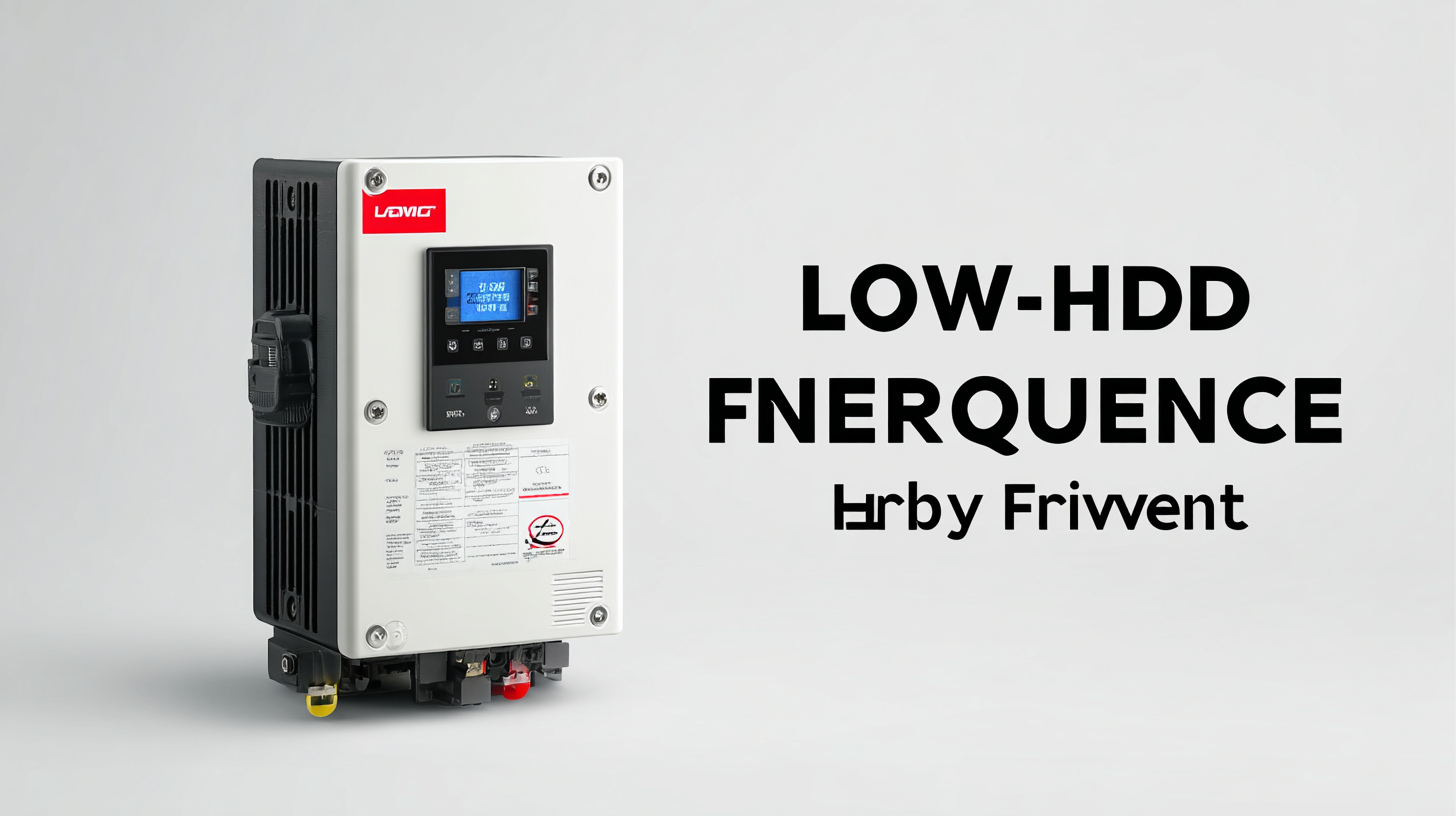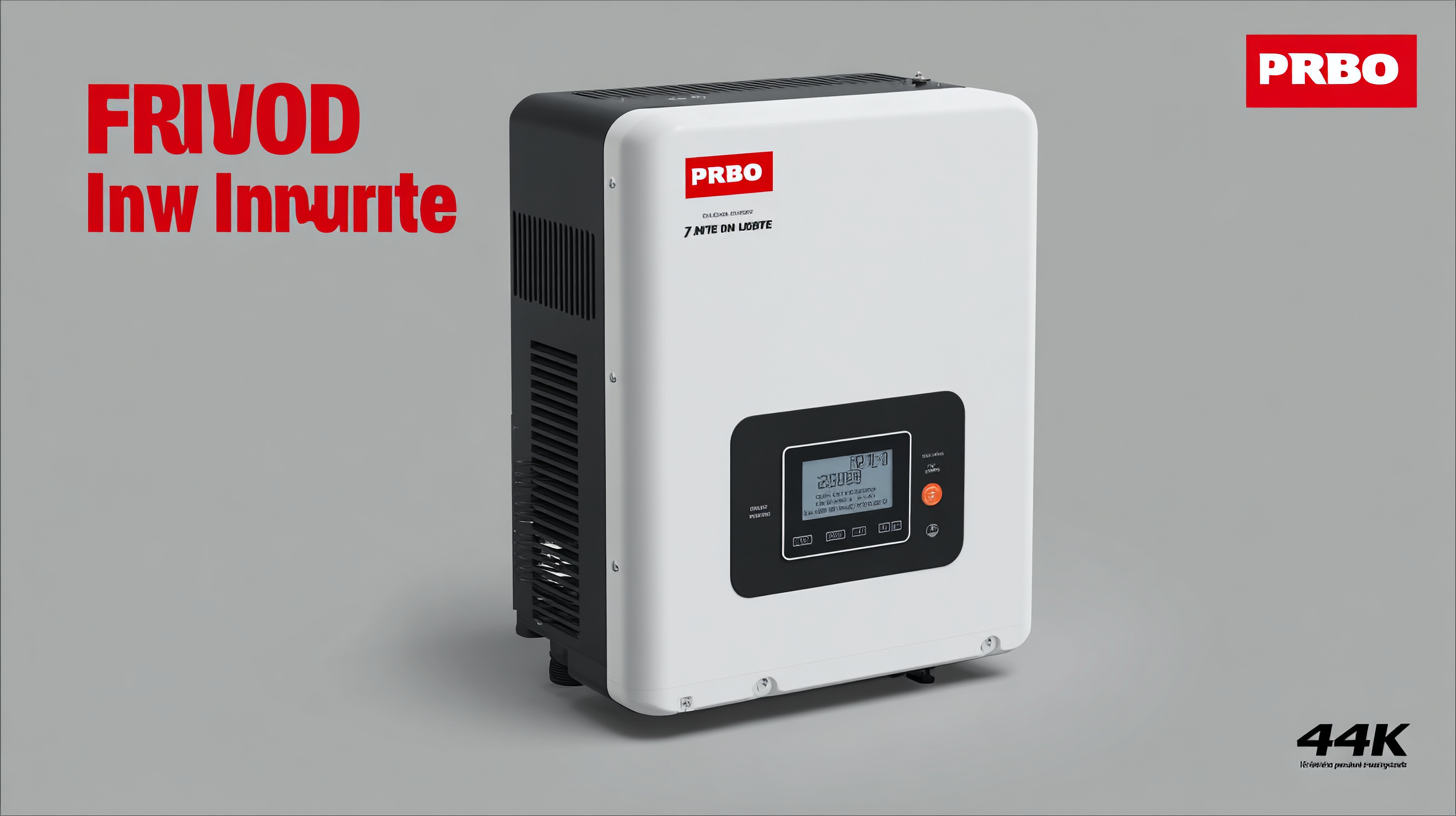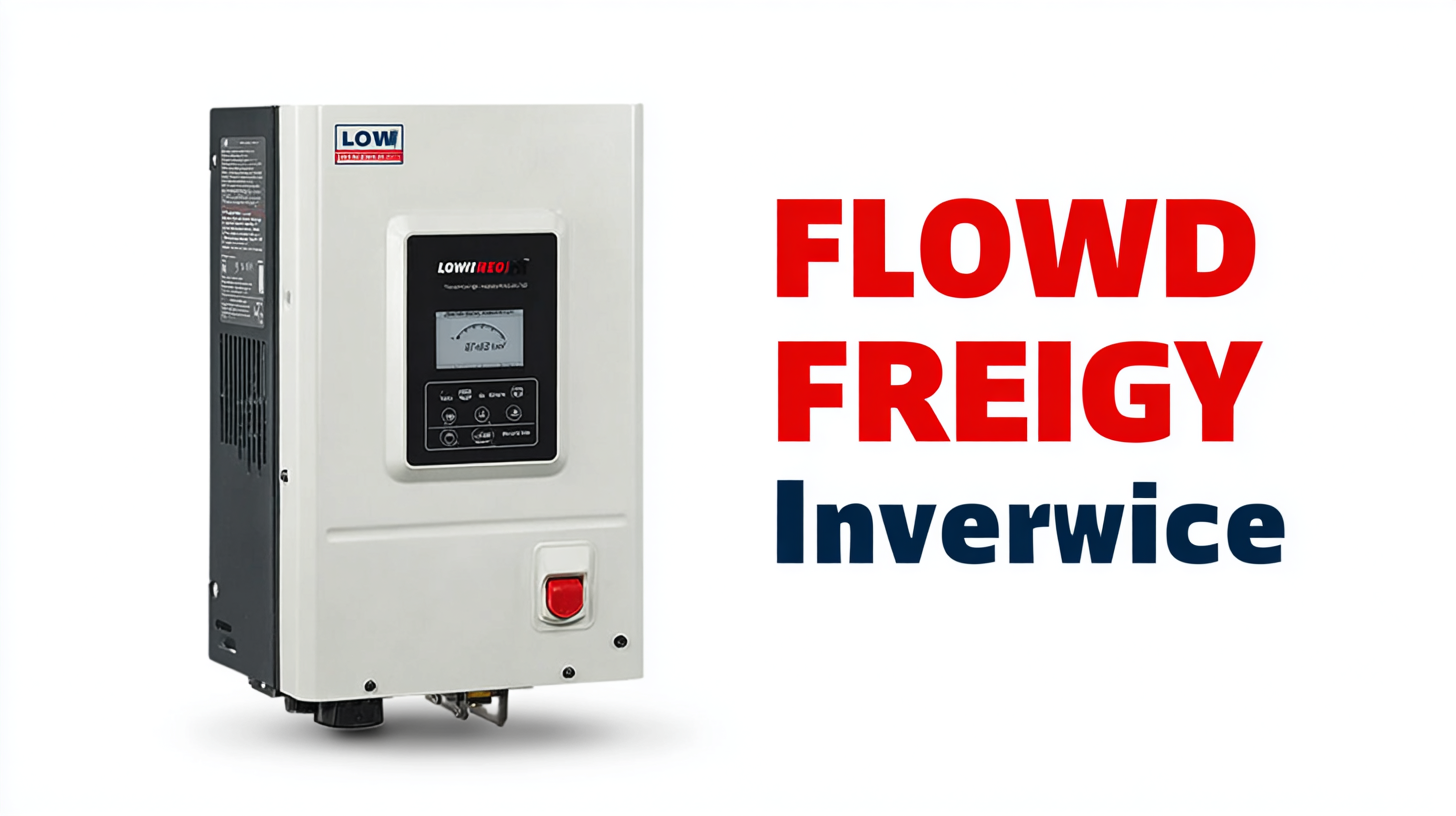
In the realm of renewable energy systems, the Low Frequency Hybrid Inverter has emerged as a pivotal component, driving efficiency and sustainability in energy consumption. According to a report from ResearchAndMarkets, the global inverter market is projected to reach $16.22 billion by 2026, fueled primarily by the growing demand for hybrid inverter solutions. Unlike traditional inverters, low frequency hybrid inverters offer enhanced functionality, allowing for seamless integration of renewable energy sources while ensuring a stable power supply during outages. The unique technology behind these inverters enables them to handle various loads and maintain energy efficiency, making them an ideal choice for both residential and commercial applications. As we delve deeper into understanding the technical specifications and advantages of low frequency hybrid inverters, it is crucial to grasp the standards that govern their performance, providing insights into the selection of the best products in this rapidly evolving market.

In recent years, low frequency hybrid inverters have gained significant attention in various modern applications due to their numerous advantages. According to a report by Fortune Business Insights, the global hybrid inverter market is projected to grow from $5.10 billion in 2021 to $11.84 billion by 2028, emphasizing the increasing adoption of these devices. Low frequency hybrid inverters, known for their ability to efficiently manage power from renewable sources, provide a seamless interface between solar panels, battery storage, and the electrical grid.
One of the key benefits of low frequency hybrid inverters is their enhanced reliability and durability, particularly in off-grid or backup power applications. These inverters can operate effectively in challenging conditions and offer better performance under varying loads. A research study published in the Journal of Renewable and Sustainable Energy states that low frequency inverters minimize harmonic distortion, leading to improved energy quality and extending the lifespan of connected devices. This makes them ideal for businesses and households aiming to optimize energy usage and performance while reducing maintenance costs. With the ongoing transition toward more sustainable energy solutions, the role of low frequency hybrid inverters becomes increasingly pivotal in our energy infrastructure.
This bar chart represents key performance metrics of low frequency hybrid inverters, highlighting their efficiency, cost, weight, output power, and harmonic distortion. Understanding these parameters can help in selecting the best unit for modern applications.
Understanding key industry standards for assessing inverter quality and performance is crucial for selecting the best low-frequency hybrid inverter. Various standards, such as CEI 0-16, play a significant role in determining the reliability and efficiency of inverters, especially in solar photovoltaic systems. Recent developments in testing procedures ensure that manufacturers comply with these standards, thereby guaranteeing that their products meet the necessary operational requirements.
When evaluating an inverter, be sure to check its adherence to established industry benchmarks. This can include certifications related to performance, safety, and environmental impact, which are critical for ensuring long-term use and minimizing potential failures. For example, the integration of innovative components, such as wide bandgap semiconductor technology, significantly enhances inverter performance while reducing energy losses.
**Tips:** Always look for the latest testing standards and certifications, as they indicate a product’s reliability. Additionally, consider the inverter’s compatibility with existing systems to ensure optimal performance, especially in mixed energy environments. Finally, focus on manufacturers that prioritize quality and continual improvement to stay ahead in a rapidly evolving market.
 Post-sales service plays a pivotal role in enhancing customer satisfaction, especially in the rapidly evolving industry of low-frequency hybrid inverters. According to a report by Transparency Market Research, the global hybrid inverter market is forecasted to grow significantly, driven by a higher demand for renewable energy solutions. High-quality post-sales service can differentiate key players in this competitive market. Prompt technical support, regular maintenance checks, and efficient replacement policies ensure that customers remain satisfied, fostering long-term loyalty and driving positive word-of-mouth.
Post-sales service plays a pivotal role in enhancing customer satisfaction, especially in the rapidly evolving industry of low-frequency hybrid inverters. According to a report by Transparency Market Research, the global hybrid inverter market is forecasted to grow significantly, driven by a higher demand for renewable energy solutions. High-quality post-sales service can differentiate key players in this competitive market. Prompt technical support, regular maintenance checks, and efficient replacement policies ensure that customers remain satisfied, fostering long-term loyalty and driving positive word-of-mouth.
To enhance your experience with hybrid inverters, consider these tips: First, always inquire about the warranty and service terms before making a purchase. Ensuring that the manufacturer has a robust after-sales support team can save you time and money in the long run. Second, opt for brands that offer remote monitoring capabilities; this allows you to keep track of your inverter's performance and receive timely alerts about any issues. Lastly, engage with customer reviews and testimonials to evaluate the service history of potential products, as these insights can offer a glimpse into the quality of post-sales support provided.
Investing in a low-frequency hybrid inverter with a strong emphasis on post-sales service not only secures your investment but also ensures that you can harness renewable energy efficiently while enjoying peace of mind. As the renewables landscape continues to expand, companies that prioritize customer support will stand out amidst the competition.
When considering the deployment of low frequency hybrid inverters, budgeting for maintenance and upgrades is crucial. Industry data shows that the average repair cost for inverters can range from $200 to $1,500, depending on the severity of the malfunction and the specific parts that need replacement. Regular maintenance is essential, as studies indicate that neglecting this can reduce the inverter's efficiency by up to 20%, significantly impacting energy savings and overall return on investment.
Furthermore, upgrading components can ensure optimal performance in an evolving energy landscape. According to a recent report by the International Energy Agency, more than 60% of inverter failures can be attributed to outdated technology or components. Budgeting for these upgrades can vary widely, but setting aside approximately 10-15% of the initial inverter cost annually can provide a safety net. This proactive approach not only mitigates unexpected costs but also extends the lifespan of the system, ultimately delivering better performance and reliability.

Low frequency hybrid inverters have emerged as pivotal components in the advancement of renewable energy systems and smart microgrids. In real-world implementations, these inverters provide efficient power management and enhance the integration of diverse energy sources, such as solar and wind. A striking example can be seen in remote regions where microgrids enable reliable electricity delivery. By leveraging dynamic energy management algorithms alongside hybrid energy storage systems, these setups optimize energy usage and minimize costs, showcasing the practical benefits of hybrid inverters.
Additionally, recent advancements in artificial intelligence and smart grid technologies highlight the versatility of low frequency hybrid inverters. The integration of universal converters, which utilize artificial neural networks for control, demonstrates an innovative approach to maximize the performance of microgrid applications. Through these implementations, we observe substantial improvements in efficiency and reliability, offering a roadmap for future projects aimed at harnessing renewable energy in a sustainable and economically viable manner. As the transition towards more renewable-centric power architectures continues, the role of hybrid inverters will undoubtedly be crucial in shaping the energy landscape.
| Parameter | Description | Benefit | Real-World Example |
|---|---|---|---|
| Efficiency Rating | The ratio of output power to input power. | Higher efficiency reduces energy loss. | Installed in rural homes leading to 15% less energy loss. |
| Output Voltage | The voltage provided to the connected load. | Suitable voltage prevents appliance damage. | Used for powering sensitive electronics in a school. |
| Hybrid Capability | Combines renewable energy sources with the grid. | Increased energy reliability and reduced bills. | Implemented in an urban apartment complex for sustainability. |
| Battery Integration | Ability to work with battery storage systems. | Ensures power availability during outages. | Deployed in hospitals providing backup during grid failures. |
| Monitoring Features | Real-time data on energy consumption and production. | Enhanced decision-making for energy management. | Adopted in commercial buildings to track energy efficiency. |